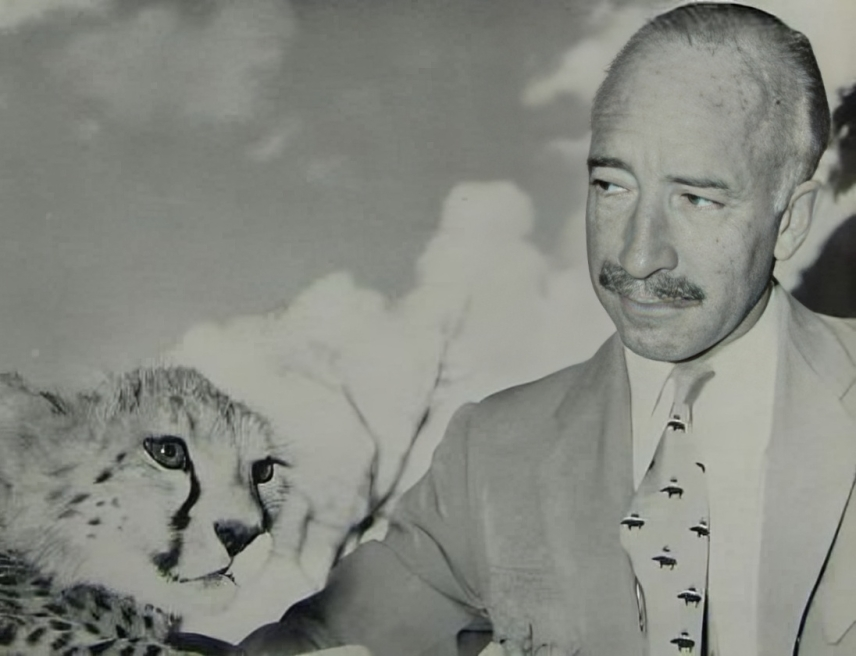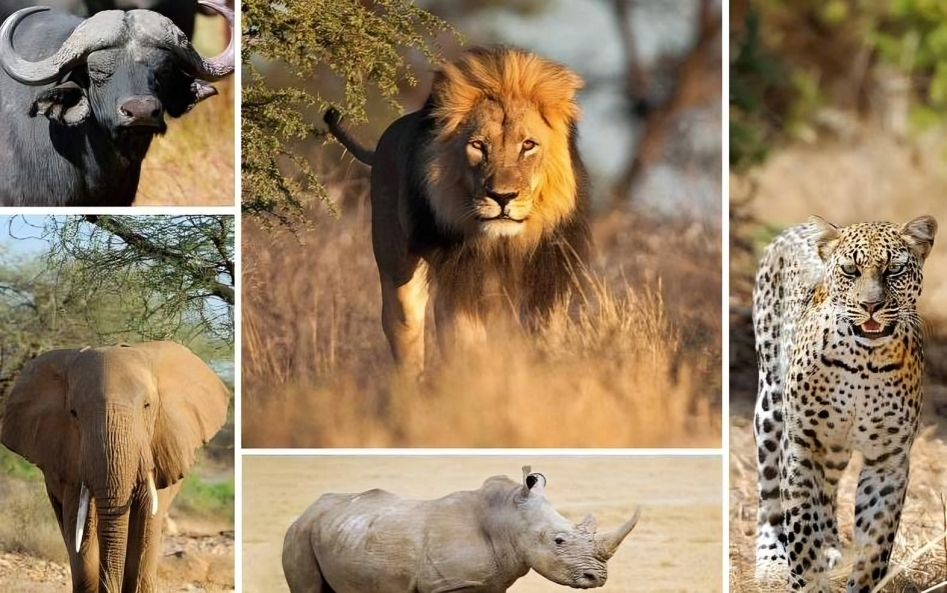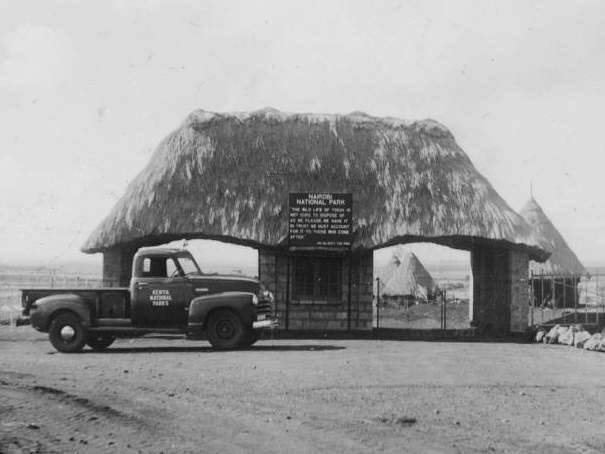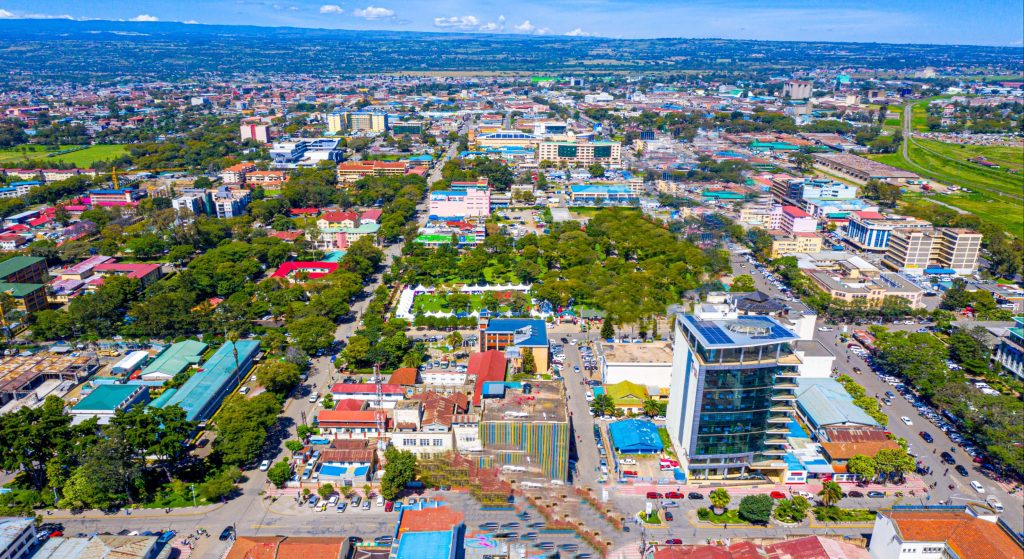- Situated just a short drive from the centre of Nairobi, the park was established to safeguard the region's diverse wildlife from the threats posed by urban expansion and hunting.
- With Nairobi rapidly developing after World War II, the establishment of the park became crucial for conserving wildlife populations threatened by urban growth and human activities.
Just a year after its official designation in December 1946, Nairobi National Park welcomed visitors, becoming Kenya's inaugural national park and one of the continent's earliest protected areas for wildlife.
Situated just a short drive from the centre of Nairobi, the park was established to safeguard the region's diverse wildlife from the threats posed by urban expansion and hunting.
.png)
The park, covering 117 square kilometres, quickly became known for its distinctive setting — where guests could observe lions, giraffes, and black rhinos roaming the open plains against the backdrop of Nairobi's skyline. This landmark achievement in conservation paved the way for the future of protected areas in Kenya.

Before being designated, the land functioned as a communal hunting ground and grazing area for cattle. With Nairobi rapidly developing after World War II, the establishment of the park became crucial for conserving wildlife populations threatened by urban growth and human activities.
Over the years, Nairobi National Park has encountered various challenges, including drought, poaching, and pressure from the expanding city that borders it.

Nevertheless, it has continued to serve as a vital sanctuary for wildlife, providing a home to lions, leopards, cheetahs, buffalo, black rhinos, and more than 400 bird species.
The park's location near the city makes it a remarkable success story in conservation, where contemporary urban life coexists with wild nature. Today, it draws both residents and tourists who wish to experience big game just moments away from bustling skyscrapers and traffic.
The legacy of Nairobi National Park extends beyond its boundaries. It represents Kenya's early dedication to conservation and has inspired the establishment of additional national parks and reserves throughout the nation.
Nearly 80 years later, the park remains a vibrant example of what can be accomplished when the protection of wildlife is prioritised, even amid the hustle and bustle of a thriving capital.







